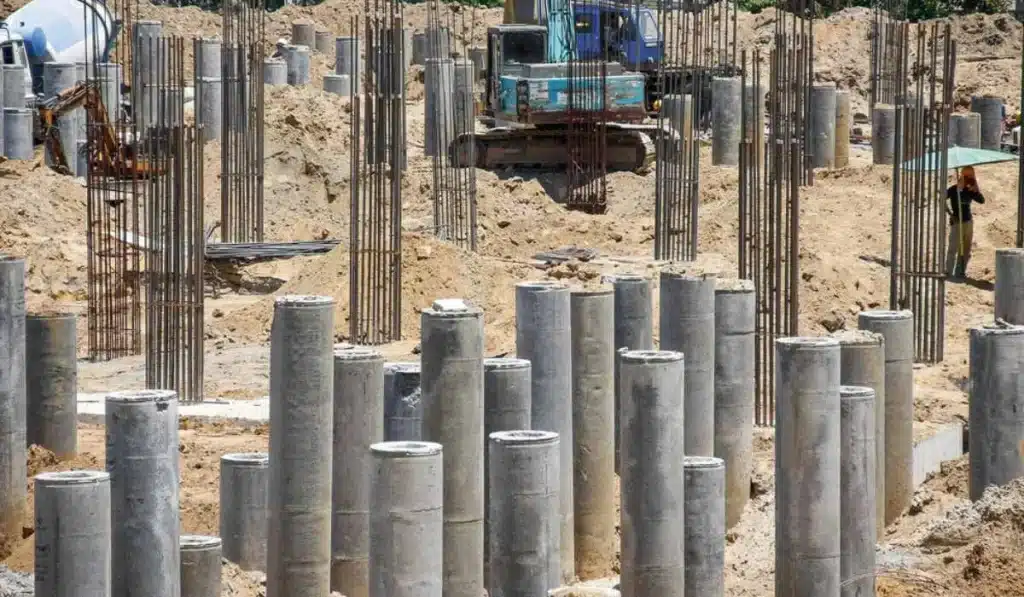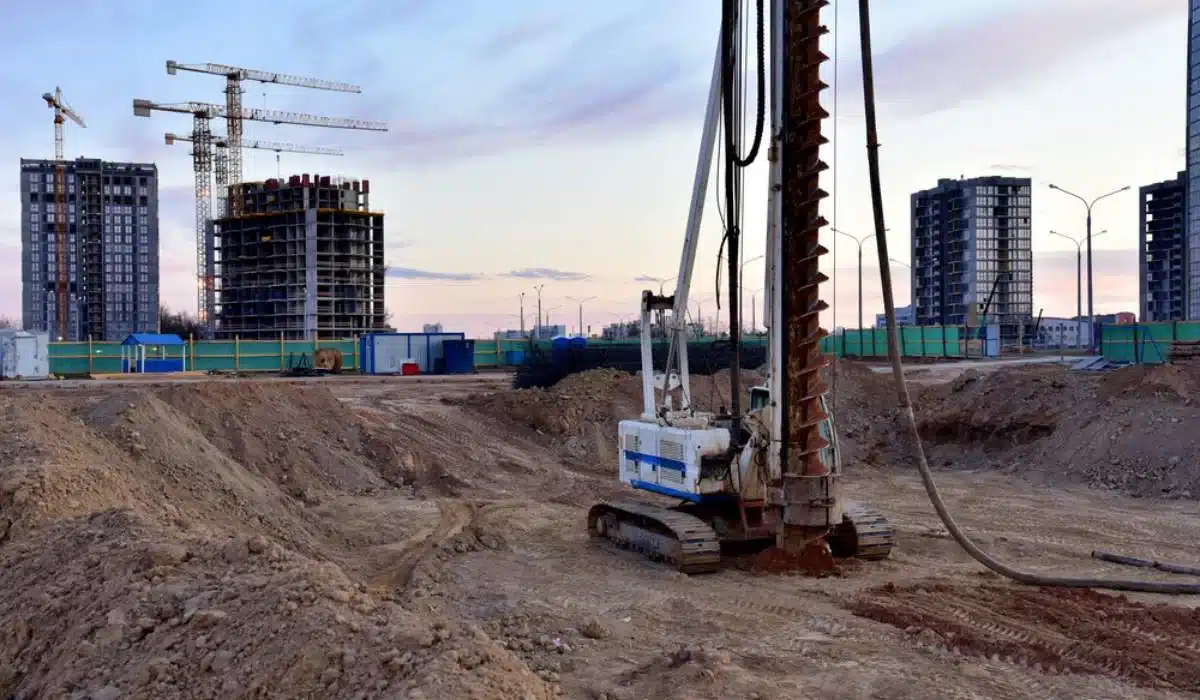Building Strong Foundations: A Comprehensive Overview of Piling and its Variants
When it comes to creating strong buildings with robust foundations, the role of piling and a professional bored pile contractor can not be overlooked because these factors play a pivotal role in the initial phases of construction projects.
They significantly contribute to the strength and stability of structures by creating strong foundations.
Piling is beyond foundation, it has a plethora of benefits that bring structural integrity and stability to buildings or structures. Understanding its basic concept and various techniques is crucial to ensure its right application in construction projects.
In this article, we will delve deep into the concept of piling and also explore its different types that have wide applications in numerous construction scenarios.
What is Piling?

Piling is one of the most fundamental construction techniques that is used to provide foundational support to structures or buildings, especially in areas with diverse climates, challenging soils, and loose water tables.
Its main purpose is to transfer the structural load deeper to a more stable soil surface.
It involves the drilling of piles, columns, or beams deep into the soil by using different machinery. These piles are compiled to form a strong rocky surface to ensure long-lasting support for multi-building structures.
However, the effectiveness of pulling varies from area to area depending on soil conditions. Therefore, the selection of the right type of piling that can perfectly align with the constructional needs is paramount to achieve the desired level of strength, stability, and durability.
Types of Piling

In the diverse landscape of the construction and building industry, the concept of piling is not new. However, modern innovations have greatly revolutionized its method and introduced various new techniques that are crucial to understanding in making an informed decision.
Mainly piling is classified into the following categories depending on its methods, applications, and benefits;
Bored Piling
It is one of the most effective and widely used piling techniques to create strong deep support foundations. It is involved in drilling a hole deep down into the soil by removing concrete and soul.
Once the hole is created to the desired depth the reinforced steel is inserted into the hole and concrete is poured to make a strong foundation.
The term bored us refers to the removal of soil and concrete while drilling through a specialized tool or machine. It is usually used in urban areas where space is limited because it does not demand extensive excavation.
Screw Piling
As indicated by the name, this foundation technique involves the drilling of screw piles into the soil to provide strong support for civil engineering projects. In this method screws like steel shafts are drilled into the soil. Their plates act like blades and provide a strong compact surface.
It is a highly versatile, time-saving, and economical piling technique that minimizes soil disturbance and evenly spreads the structure load. Moreover, it also has minimal environmental impact making it a reliable choice for quick and cost-effective construction projects.
The best thing is that it can be used in both temporary and permanent structures including foundations for homes, communication towers, and bridges.

Micro Piling
It is a highly effective piling technique used in areas with challenging soil conditions and harsh weather. It involves the drilling of small diameter piles ranging from 50 to 300 mm into the soil.
In this technique, a small steel casing is inserted into the soil after drilling a hole and then the hole is filled with grout. It results in stabilizing the surrounding soil and the creation of a strong foundation. It is a cost-effective and highly versatile technique and is used in areas where traditional foundation methods may be impractical or expensive.
Hollow Stem Piling
Another effective technique in piling is Auger-Cast or hollow stem piling which is more effective in conditions where a reliable and effective foundation solution is needed. It involves the dropping of Auger cast piles with the help of a specialized tool with a hollow center that allows simultaneous drilling and injection of concrete.
These drilling and concrete injections result in the formation of Auger cast piles that provide a strong foundation to structures. It is not only used to create foundations but also to build bridge abutments, and other structures where deep support foundation is needed.
Key Takeaway
In the dynamic landscape of the construction and building industry, piling serves as a cornerstone to build a strong foundation. By understanding its role in structural stability, its different types, and its applications, you can make an informed decision and choose the right type of piling to elevate your building’s strength and stability.
Make sure to follow the construction engineers’ instructions because they have more experience or knowledge and can better understand the compatibility of a particular type of piling with soil conditions than you do, which results in ideal decision-making.







